Tucked inside London’s inner city north lies an expansive parkland spanning 320 hectares of ancient woodlands and picturesque wild meadows. Hampstead Heath sits astride a sandy ridge, one of the city’s highest points, between the pretty neighbourhoods of Hampstead and Highgate. The Heath, as it is warmly referred to by the locals, is a tranquil haven a mere four miles from the centre of London, yet this verdant, bucolic wonder feels a world away from the modern entrapments of city life.



Not many other cities in the world wield the same naturalistic clout as London, and in a capital laden with a myriad of parklands and leafy greenspaces there are few better ways to spend a Sunday than with a leisurely meander through Hampstead Heath.


The Heath has long been a favourite place of relaxation and respite for Londoners, and the first efforts to preserve the area began in earnest in 1829 by a local writer who petitioned the need to protect one of the last remaining ‘lungs of the metropolis’. With its sweeping views across the city and serene walking trails it soon became one of the most popular public spaces to escape the noise and pollution of the city, and was often frequented by poets, writers, and painters who found inspiration among the tranquil landscape.


One of the most famous and well-loved British painters who often frequented The Heath during his lifetime was John Constable (1776 -1837). The rural landscape and its changing cloudscapes became a favourite subject of the artist, who first began to capture the area in 1819 during one of his many summer migrations. In order to escape the oppressive heat of the city, and for the sake of his wife’s failing health, Constable spent many summers with his family living in and around Hampstead. Though maintaining a permanent residence in town, the artist visited his wife and children as often as possible. Over the coming years, Constable continued to observe and paint The Heath, masterfully capturing the ever-changing light and colours of the landscape until his death in 1837.
In a letter to his friend Archdeacon Fisher on 28 November 1826 Constable wrote about the proximity between his two residences, stating that he was ‘three miles from door to door – can have a message in an hour – & I can get always away from idle callers – and above all see nature – & unite a town & country life’.


One of the artist’s earliest paintings of the Heath is Hampstead Heath, with the House Called ‘The Salt Box (’ c.1819–20) which shows the viewpoint close to Albion Cottage, the first house rented by the Constables in 1819. It is quite revealing for us to view this painting today knowing that this very pastoral rural scene was only three miles away from his permanent residence in the centre of bustling London. A timely reminder of how the urban city has developed, yet vast tracts of land were retained and preserved for the residents to enjoy. Constable’s friend and biographer C.R. Leslie later wrote of this picture:
‘Constable’s art was never more perfect… I know no picture in which the mid-day heat of Midsummer is so admirably expressed; and were not the eye refreshed by the shade thrown over a great part of the foreground by some young trees, that border the road, and the cool blue of water near it, one would wish, in looking at it, for a parasol, as Fuseli wished for an umbrella when standing before one of Constable’s showers.‘
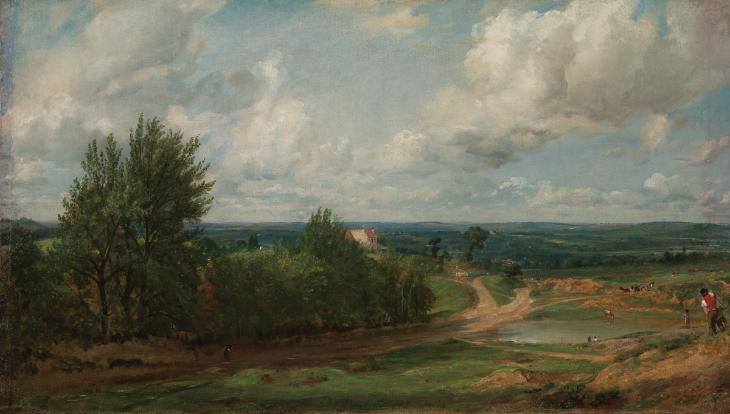
Before it became known as a place to simply get away from it all, the land was primarily valued for its natural resources. In 1860 the opening of the Hampstead Junction railway – now the Overground route north from Camden Road – made the Heath accessible to thousands of the city’s poorer families who lived too far away to walk, cementing Hampstead Heath as a popular escape from the city for all Londoners. Soon the landscape became a well-known spot for families and visitors to the city and was host to seasonal fairs, donkey rides, and a slew of public eating houses.


Many authors have also lived by The Heath over the years, and countless more have become regular visitors. It is said that while walking through the grounds during a particularly cold and snowy day, CS Lewis was so influenced by the magical scenery that he was inspired to write The Lion, the Witch and the Wardrobe shortly afterwards. British novelist Zadie Smith wrote about Hampstead Heath in her 2005 novel On Beauty:
“A sprawling North London parkland, composed of oaks, willows and chestnuts, yews and sycamores, the beech and the birch; that encompasses the city’s highest point and spreads far beyond it; that is so well planted it feels unplanned; that is not the country but is no more a garden than Yellowstone; that has a shade of green for every possible felicitation of light; that paints itself in russets and ambers in autumn, canary-yellow in the splashy spring; with tickling bush grass to hide teenage lovers and joint smokers, broad oaks for brave men to kiss against, mown meadows for summer ball games, hills for kites, ponds for hippies, an icy lido for old men with strong constitutions, mean llamas for mean children and, for the tourists, a country house, its façade painted white enough for any Hollywood close-up, complete with a tea room, although anything you buy there should be eaten outside with the grass beneath your toes, sitting under the magnolia tree, letting the white blossoms, blush-pink at their tips, fall all around you. Hampstead Heath! Glory of London! Where Keats walked and Jarman fucked, where Orwell exercised his weakened lungs and Constable never failed to find something holy.”
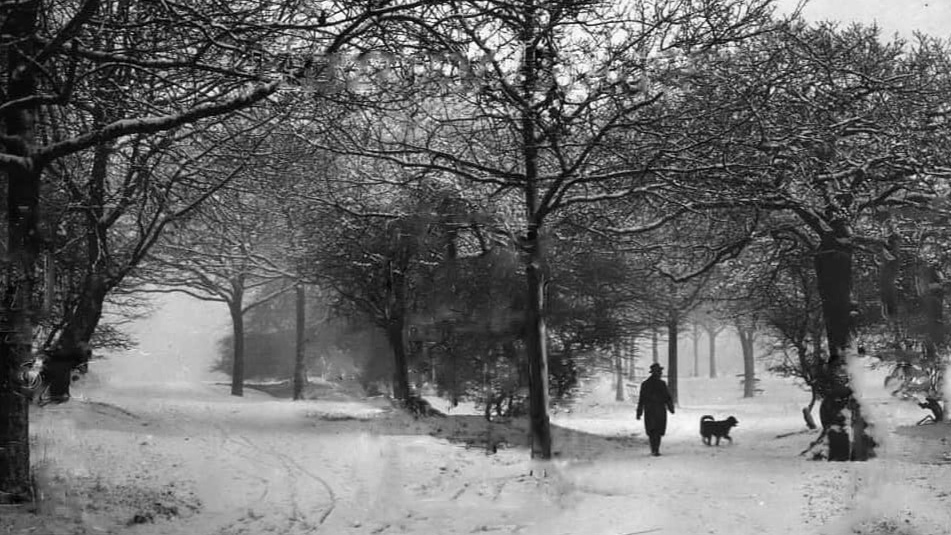
Faded Grandeur – Lord Leverhulme’s Lavish Pergola
In an unassuming corner of Hampstead Heath, almost hidden amongst its naturalistic setting of languid ponds and shady spots, there is a place that exceeds in beauty above all others. Nestled deep within the dramatic landscape of Garden Hill, on the outer west of The Heath, rests an elegant Edwardian pergola – a wonderful example of yesterday’s faded grandeur.
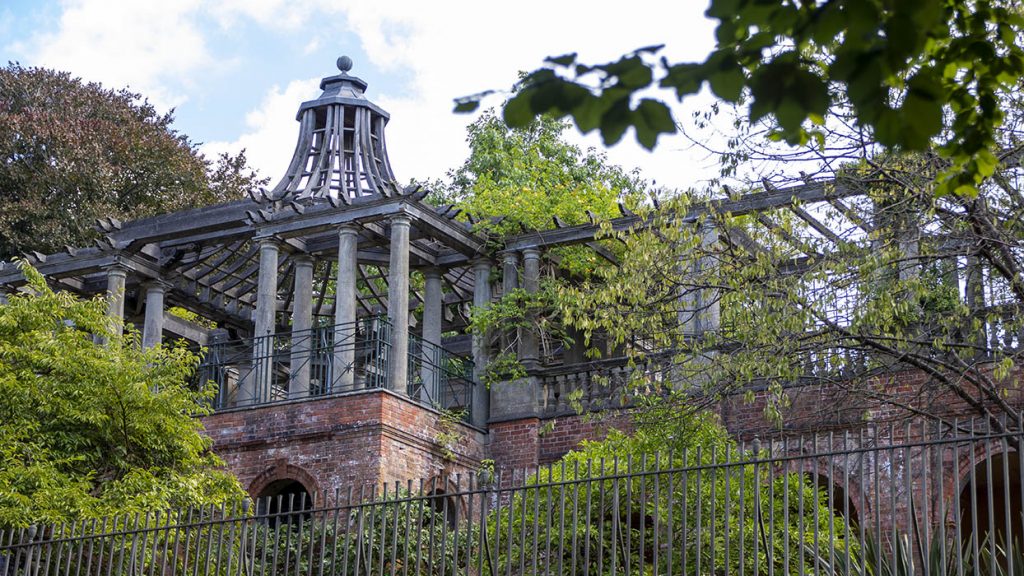
I was urged to visit by a friend who assured me that nowhere in London would one find a more beautiful spot to spend a summer’s day than beneath the cool embrace of Hampstead Heath’s picturesque Pergola. I immediately conjured images of an elegant, rounded arbour, perhaps more elaborate than your average backyard trellis, yet quite modest in size and structure. I waited patiently as winter gave way to spring, the days gradually lengthening, while the season’s fresh green shoots began to thrust themselves out of the quiet, sleepy earth. Soon, flowers crowded, bright and blousy, stirring in the warming evening breeze – summer was finally here!
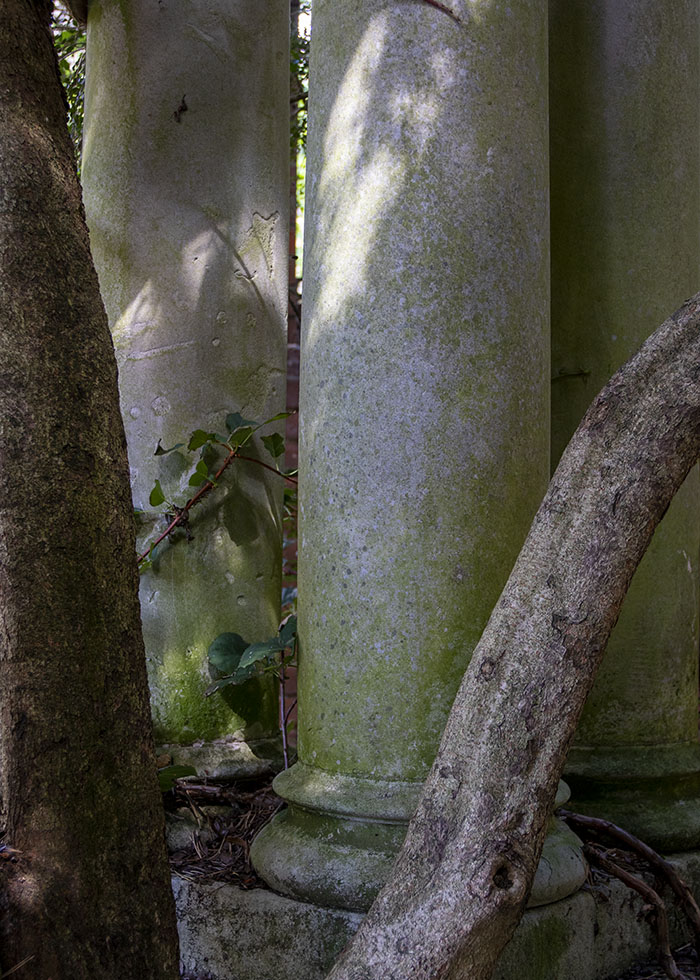

Emerging from a mingle of sheltering trees, the structure reveals itself suddenly like a great monument built long ago by some mythical lost civilisation. Referring to the map, I am rendered utterly confused; how can this majestic structure, with its colonnade of classical pillars and raised red-brick walkway, possibly be the Pergola we came to see?
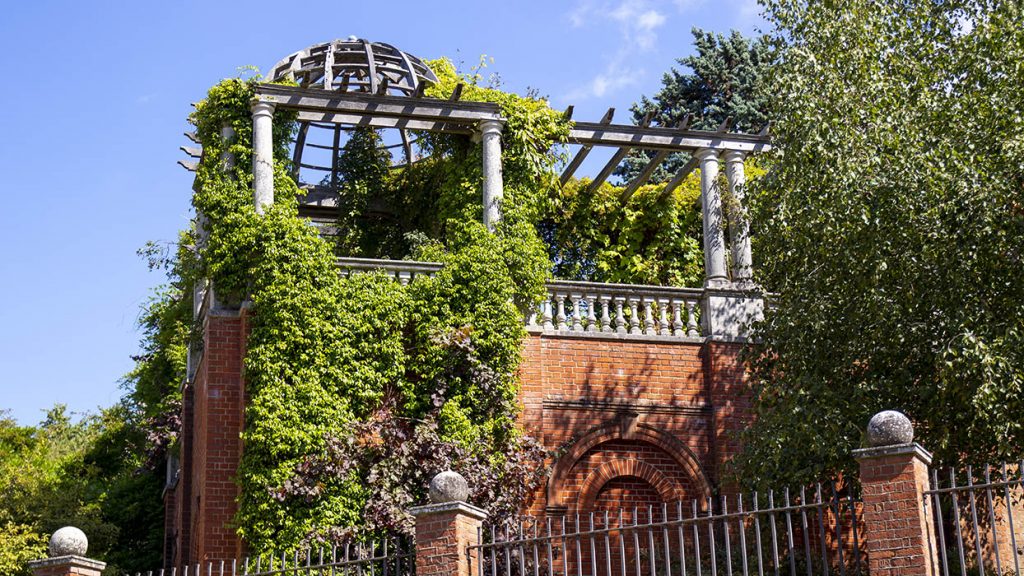


What seems today like a strange and beautiful mirage nestled among the woodlands in Hampstead Heath was the realisation of an extravagantly wealthy Edwardian philanthropist, Lord Leverhulme. With an appreciation for landscape gardening, Lord Leverhulme purchased The Hill, a large town house on The Heath in 1904, and began, with the help of world-renowned landscape architect Thomas Mawson, to design a magnificent sprawling pergola where he could host lavish garden parties and entertain guests on warm summer evenings.




What struck me most about the positioning of the Pergola was its sweeping views across the woodland and The Heath beyond. However, the terrain, once low and untamed, was purposefully raised to accommodate the arbour and to allow Lord Leverhulme and his guests a picturesque vantage point with which to admire the landscaped gardens below.
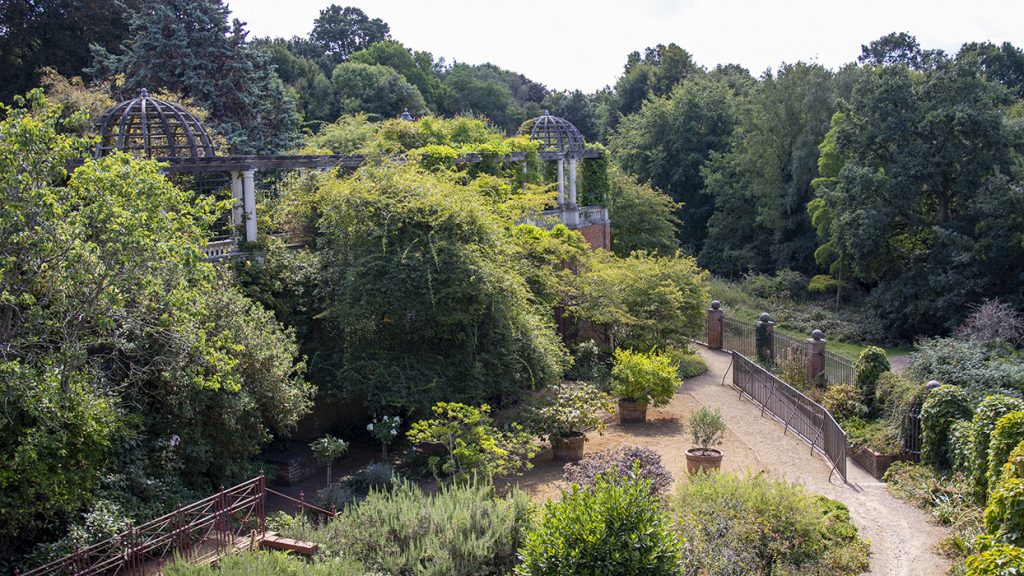
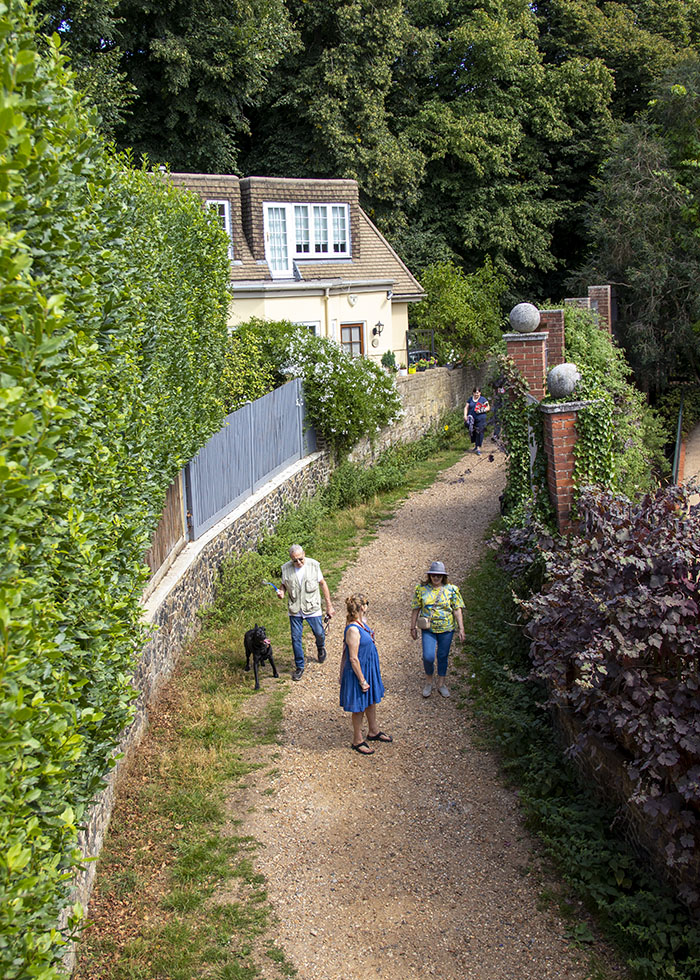

Once construction on the Pergola began in 1905, problems soon arose. The raised foundations necessary for the structure and the adjacent gardens required massive amounts of material which would have to be brought in from further afield, creating huge costs and associated time delays. Fortuitously the construction of the Hampstead extension of the Northern Line (a line on London’s Underground railway service) provided the perfect solution. A deal was struck, and the residual earth from the extension was ferried just a few hundred yards to its new resting site at The Hill. This now allowed for rapid progress and the Pergola was completed within a year. Further expansions to the estate as well as extensions to the Pergola were continued right up until Leverhulme’s death.




When Leverhulme died the house and grounds were purchased by Baron Inverforth who in turn bequeathed the estate to the Manor House Hospital. In the following years, the Pergola and surrounding property fell into decline until the London City Council took charge, restored the gardens, and opened it to the public in 1963. Further restoration has continued today and the house itself has been divided into two homes and private flats by property developers.
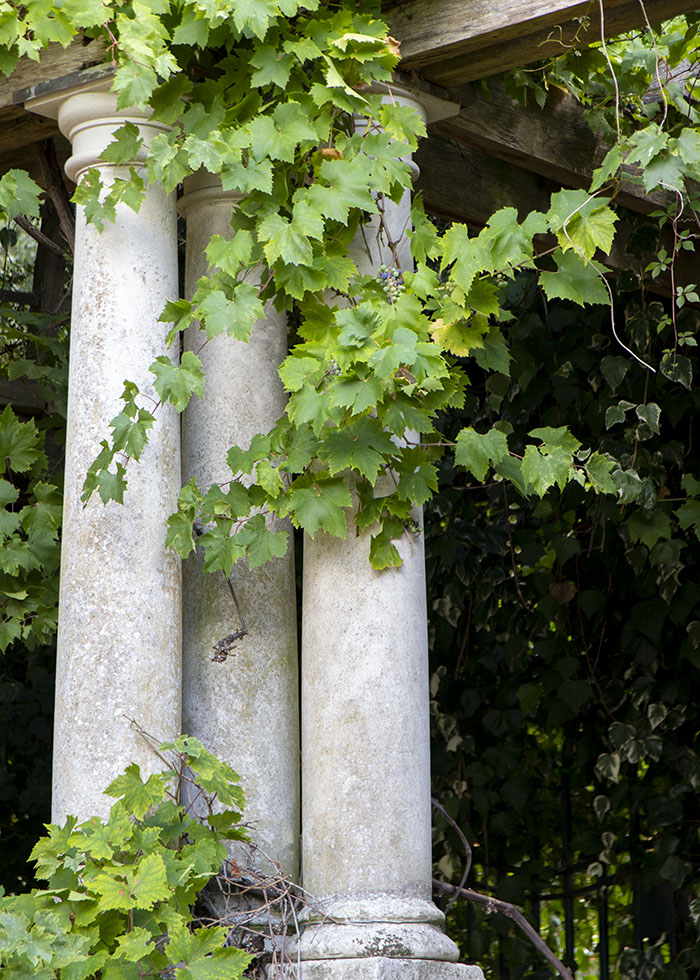

As I stroll beneath the embracing structure, content to simply wander among the idyllic atmosphere, I catch a glimpse of Leverhulme’s former home, now separated from his Pergola by a mass of tangled jasmine vines and a screening iron fence. How separate they now seem, as though they never really existed side by side at all. And the building, although striking with its elegant red-brick façade and generous curved windows seem to somehow pale in comparison to the romantic allure and time-worn beauty of its charming Edwardian Pergola.
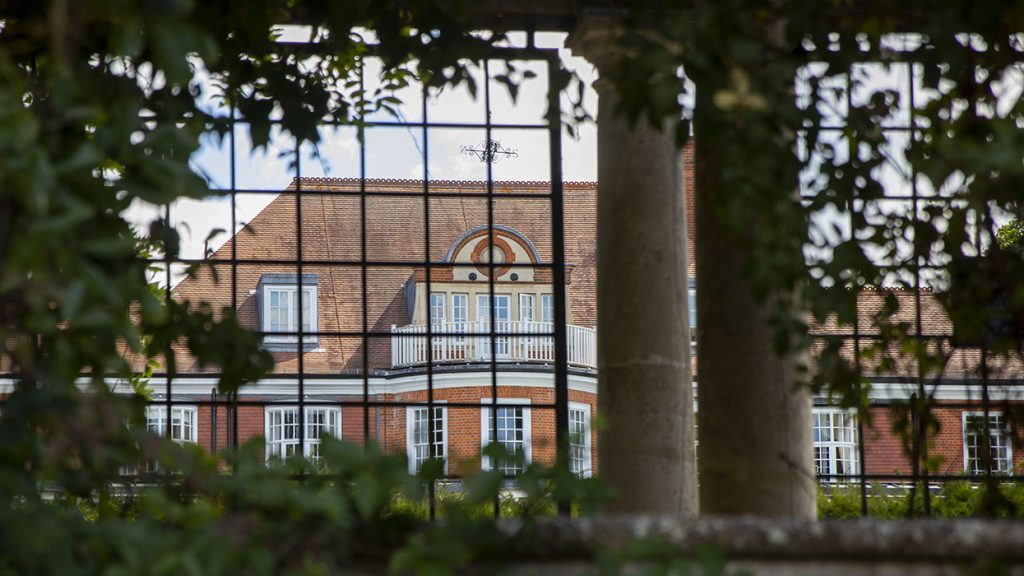


Nowadays resurrection is still underway, yet among the faded glory of the pillars and arches, there lies a serene and ethereal kind of beauty. Here, nature has triumphed! Twisting wisteria vines, gnarled and time-worn, cling desperately to weathered columns like the age ravaged fingers of an old man clutching fiercely to his cane. And overhead, as I tilt my face towards the midday sun – a sun so full of warmth and promise – I see a cascade of billowing summer roses floating between the weathered wooden beams.


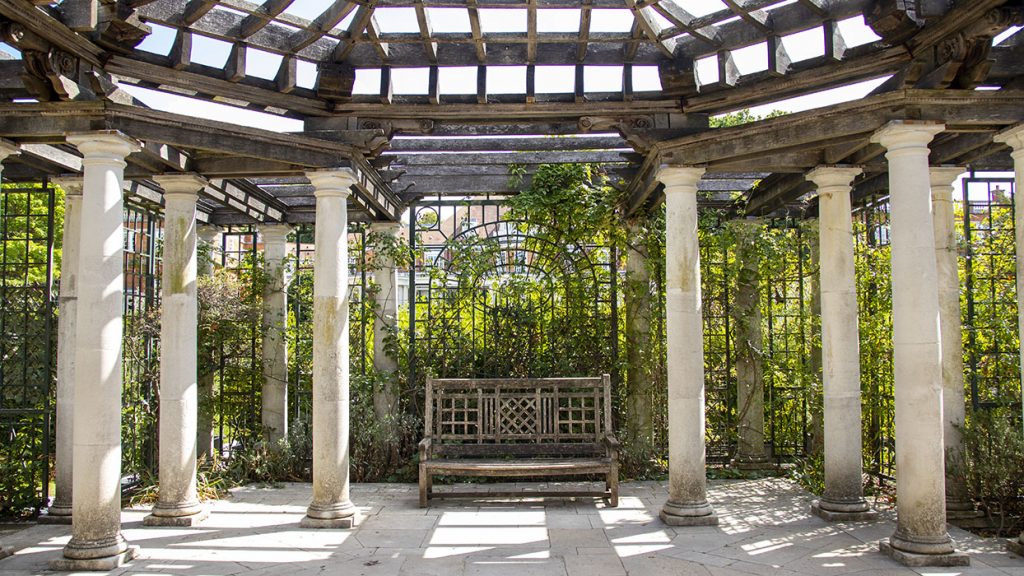
How romantic it must have been to spend a starlit evening underneath the jumble of heavenly roses and scented jasmine, their heady perfume filling the air with the wistful smell of summer. Up here, amongst the faded grandeur of Lord Leverhulme’s splendid pergola the hustle and bustle of modern London life seems to simply fade away.
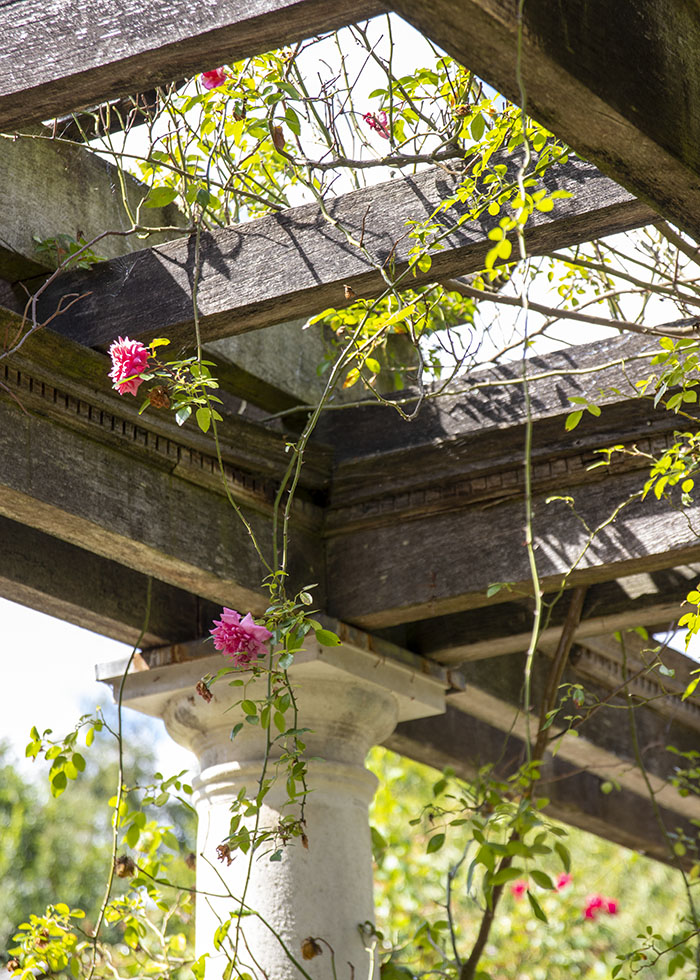

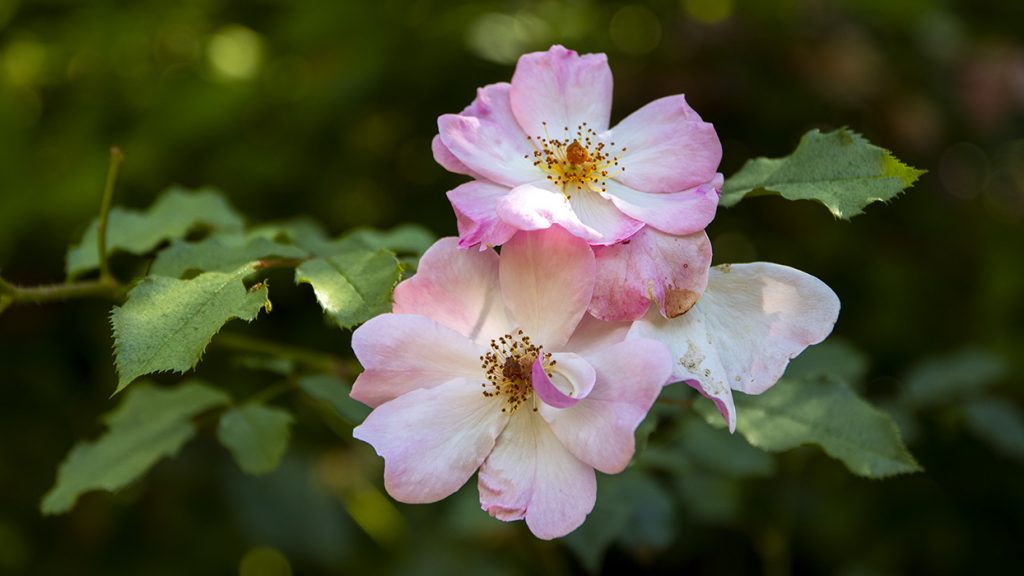
I hope you enjoyed The Sunday Londoner’s reflective summer jaunt around Hampstead Heath and its beautiful Pergola! Please leave a comment below, I’d love to hear from you. Have you ever visited this wonderful place?
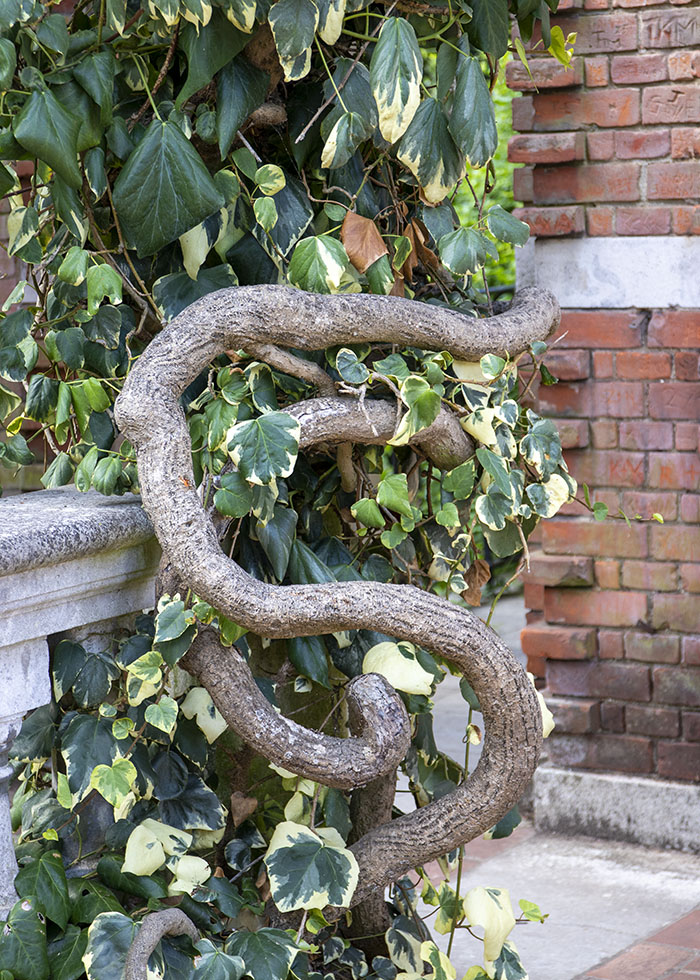

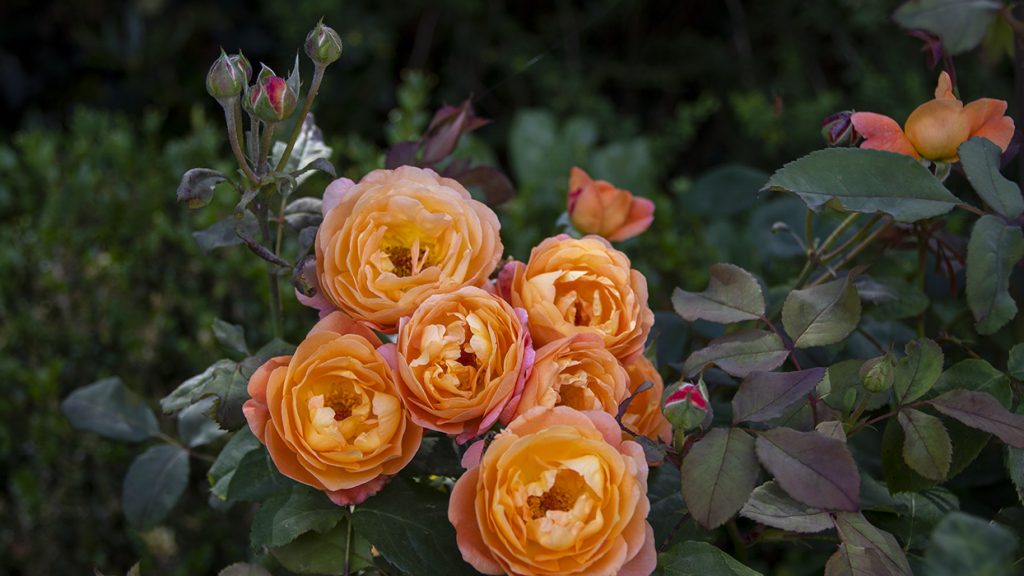
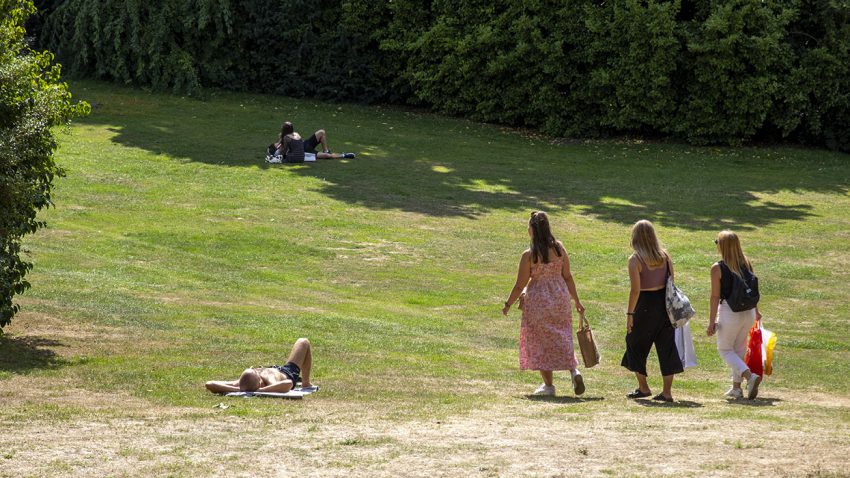
What a beautiful area Hampstead is!
I also imagined the pergola to resemble the backyard variety but it is really something special and even though they are restoring it, the weathered quality fits the surroundings so perfectly.
Absolutely Paula! Yes I agree, I love the weather-worn feel and the way it adds to the atmosphere.
Put it on the list!
Rose x
Rose, Hampstead Heath comes across as an old charmed romantic paradise. I love the wooden structure of the Pergola and wondered if they are original or replaced, and the old gnarly vines that twist around the columns. No wonder it is such an inspiration for artists and writers. Another inspirational place away from the bustle of city life to sit and contemplate. ❤️
What a hidden gem to discover Sandie! And amazing how close it is to central London. I’m pretty sure the structure is still the original wood, and I believe it will undergo more restoration soon. I think it’s just so beautiful all weather-worn and faded – very romantic!
Rose x